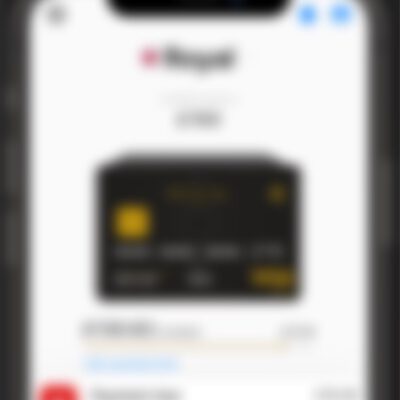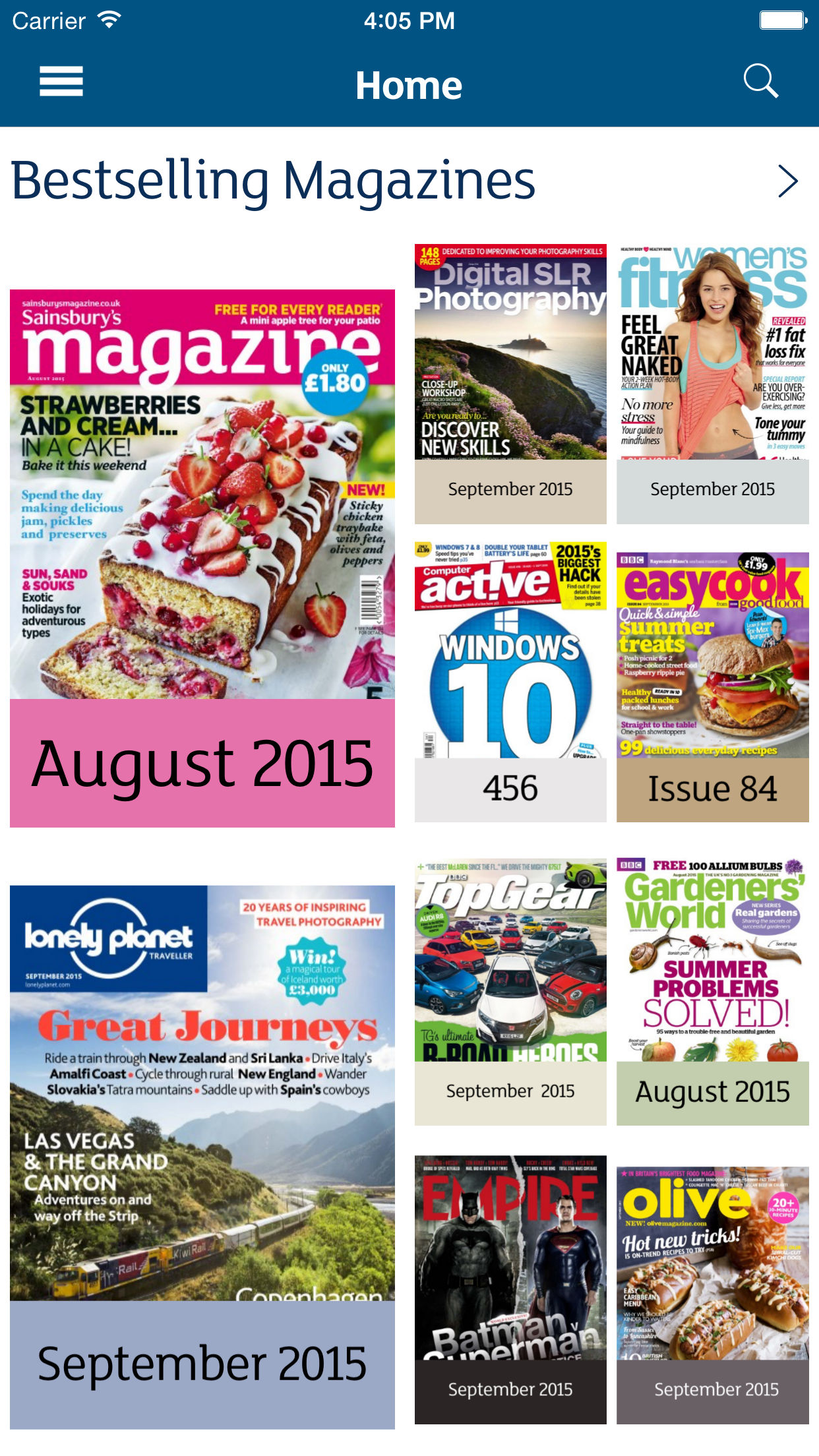
Date:2017
March 13, 2018
Client:Bounce London and Bounce Malta
DSAthemes.Ltd
Category:apps
Apps
Share Project:Bounce Malta
Bounce Minicab
In the age of gig and share economy, we help business by developing specialist software including mobile apps for their customers, workers and managers.
Below is the short case-study about Bounce Malta, a taxi company, for which we helped to develop and support apps.
The suite of apps included Android driver app, iOS and Android passenger apps. We also took an active part in architecting and design on dispatch system, which we are happy to license to you should you chose to use out-of-the-box solution for your taxi business.
Our solutions extend beyond general taxi businesses. We develop bespoke navigation and vehicle tracking software for various use cases. One of such examples is the London Congestion Charge app.
Bounce Minicab came into existence as a London based start-up challenging the market dominated by Uber and Hailo. This startup tried to compete with the likes of Uber in London by providing friendly and reliable service. Key features included a marketplace-like selection of drivers, where a passenger could choose a particular driver and a car on its taxi apps. Similarly, users knew the price before booking as well. Our director was working on both passenger and driver’s apps, took an active part in re-design of the UX.
Bounce App Rediscovered
In 2017 Bounce has got second chance on the lovely island of Malta. Our team gave all three taxi apps a fresh coat of paint and some bug-fixing and feature development. Mainly, we modified the apps to match Malta’s market (e.g. currency and measurement settings, address search logic, legacy code bug-fixing). Moreover, we have done quite a bit of feature development and support.
Unique Challenges
One of the unexpected challenges we have encountered during the development of these taxi apps was that the client opted for low spec mobile devices for their drivers. These Android devices lacked a magnetometer sensor (a compass), which caused cars to move sideways on the map on passenger apps, as we lacked directional information.
Our team has managed to overcome the difficulties of live navigation on legacy Android devices without magnetometers, by applying a mathematical workaround, which calculates heading based on the current and previous location of the vehicle. This solution allowed us to support all kind of driver’s devices: low spec and high-end ones.
Cryptic Addresses
Another challenge we have experienced on this project was the way Maltese addresses work. They do not have a postcode, which is a crucial feature of an address in the UK. They also lack a house or building number in many cases, containing only town and street name.
Because the original design of the whole system moved to address search responsibility to the passenger app side, we had to utilise multiple sources of information and smart ranking algorithm to provide the most relevant and best matching address search results. We used a mix of Google Geocoding Services, Google Maps Services, Google Place, What3Words and even Foursquare.

